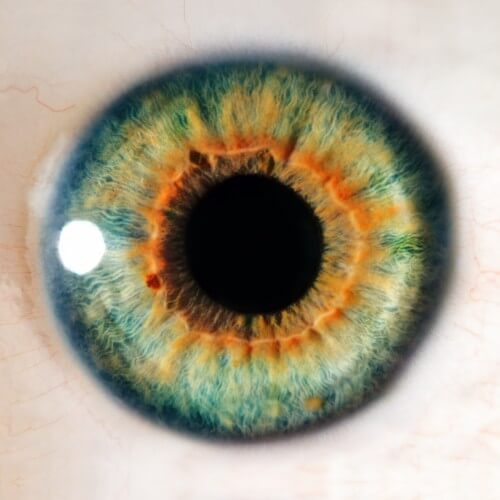The breakthrough, the details of which were published on December 18 in the journal biofabrication, may lead to the production of artificial tissue implants found in the human retina, and help cure some types of blindness.

A group of researchers from the United Kingdom used XNUMXD printing technology and successfully printed cells taken from the eye.
The breakthrough, the details of which were published on December 18 in the journal biofabrication, may lead to the production of artificial tissue implants found in the human retina, and help cure some types of blindness.
"Currently these are preliminary results that provide proof of principle that a XNUMXD printer can be used for the first time to print two types of cells from the retina of rat cells - ganglion cells and mature glial cells. In the past, a technology was used to print mature cells of the central nervous system that was crowned with success. The results showed that printed cells remained healthy and maintained their ability to survive and grow in culture.
The researchers, research partners (Professor Keith Martin and Dr. Barbara Lorber from the Gist Center for Brain Rehabilitation at the University of Cambridge) said: "The loss of nerve cells in the retina is a feature of many eye diseases that cause blindness. The retina is a wonderfully organized structure in which the exact arrangement of the cells in relation to each other is critical for the effective functioning of vision."
"Our research has shown, for the first time, that cells derived from the central nervous system of an adult can be printed for use in the eyes using a piezoelectric inkjet printer. Although our results are preliminary and a lot of work is still required, the goal is to develop this technology that will be used to repair the retina in the future."
The ability to organize cells in very defined patterns and structures has increased the use of XNUMXD printing for the needs of the biological sciences, with the aim of creating cell-based structures for use in regenerative medicine.
In their study, the researchers used a piezoelectric inkjet printer device that ejected the cells through a sub-millimeter diameter hole whenever an electrical pulse was received. They also used high-speed video technology to record the printing process in high resolution in order to improve the protocol.
” In order for us to be able to pre-print an ink as well, its properties, such as viscosity stress and the shape of the surface, should correspond to a rather narrow range of values. Adding cells to the liquid complicates its properties significantly," said Dr. Won Kai Siow, another team member from the Inkjet Research Center in Cambridge. According to him, after printing, several tests were performed on each type of cell to see how many of the cells survived the process and how it affected their ability to survive and grow.
The cells that originated from the retinas of the rats were ganglion cells found in the retina. These are cells that transmit information from the eye to certain parts of the brain, and glial cells, which provide support and protection to the nerve cells.
"We plan to expand this research to print other cells of the retina and investigate whether light-sensitive receptors can also be successfully printed. In addition, we would like to continue to develop our printing process and adapt to commercial printers with multiple print heads" concluded Prof. Martin.

4 תגובות
I suggest using a catheter to print damaged/missing cells in tissues such as the heart, aorta, liver, kidneys, spleen, etc.
It's not printing but discounting (and connecting?) cells in a predetermined order. This is a very nice progress, but the most complicated part - creating the cells - has no progress.
What is possible is probably to grow cells in culture (perhaps from stem cells infused from the patient's own, for example) and fill the cartridge and then print
Not "dazzle" but "blindness" and I was already really stressed..